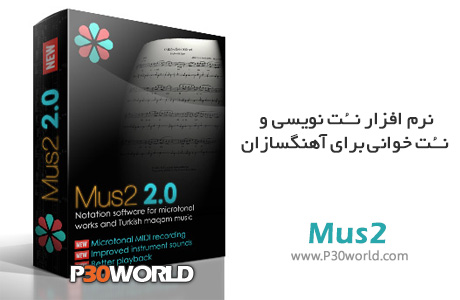

"Enabling this program is high-peak-power laser technology that has been steadily advancing and can potentially create the conditions for muon production in a compact form factor. "Our goal is to develop a new, terrestrial muon source that doesn't require large accelerators and allows us to create directional beams of muons at relevant energies, from 10s to 100s of GeVs - to either image or characterize materials," said Mark Wrobel, MuS2 program manager in DARPA's Defense Sciences Office. But making muons requires such high-energy particles that production is limited to large physics research facilities such as the United States' Fermilab national particle accelerator in Illinois and the European CERN accelerator in Switzerland.


Muons can also be generated terrestrially. Given the small number of muons that reach the Earth's surface and the divergent paths they travel through the atmosphere, it can take days to months to capture enough muon data to produce meaningful results. Cosmic muons have played a role in special projects, such as when scientists used them to image interior chambers of the great pyramids in Egypt. Harnessing these muons for imaging is tedious and not very practical. Cosmic ray interactions in the upper atmosphere naturally generate muons as they descend to Earth in created particle showers. Currently, two primary sources for muons exist. Producing muons, however, is a challenge, because it requires a very high-energy, giga-electronvolt (GeV) particle source. At high energy, muons can travel easily through dozens to hundreds of meters of water, solid rock, or soil. Muons are similar to electrons but about 200 times heavier. For such imaging capabilities, a more powerful particle is needed.ĭARPA's Muons for Science and Security program (MuS2 - pronounced Mew-S-2) aims to create a compact source of deeply penetrating subatomic particles known as muons. But none of these sources can image through concrete walls several meters thick, map the core of a volcano from the outside, or peer deep underground to locate chambers and tunnels. Within MuS2, we publish the first end-to-end evaluation procedure for this problem which we expect to help the researchers in advancing the state of the art in multi-image super-resolution.The Defense Department and other federal agencies have sought advanced sources that generate gamma rays, X-rays, neutrons, protons, and electrons to enable a variety of scientific, commercial, and defense applications - from medical diagnostics, to scans of cargo containers for dangerous materials, to non-destructive testing of aircraft and their parts to see internal defects. In this paper, we introduce a new MuS2 benchmark for super-resolving multiple Sentinel-2 images, with WorldView-2 imagery used as the high-resolution reference. One of the obstacles in multi-image super-resolution consists in the scarcity of real-world benchmarks - commonly, simulated data are exploited which do not fully reflect the operating conditions. The resolution can be increased with super-resolution algorithms, in particular when performed from multiple images captured at subsequent revisits of a satellite, taking advantage of information fusion that leads to enhanced reconstruction accuracy.
#Mus2 dallas free
This is inherent to remote sensing, including Sentinel-2 satellite images that are available free of charge at a high revisit frequency, but whose spatial resolution is limited to 10 m ground sampling distance.

Insufficient image spatial resolution is a serious limitation in many practical scenarios, especially when acquiring images at a finer scale is infeasible or brings higher costs.


 0 kommentar(er)
0 kommentar(er)
